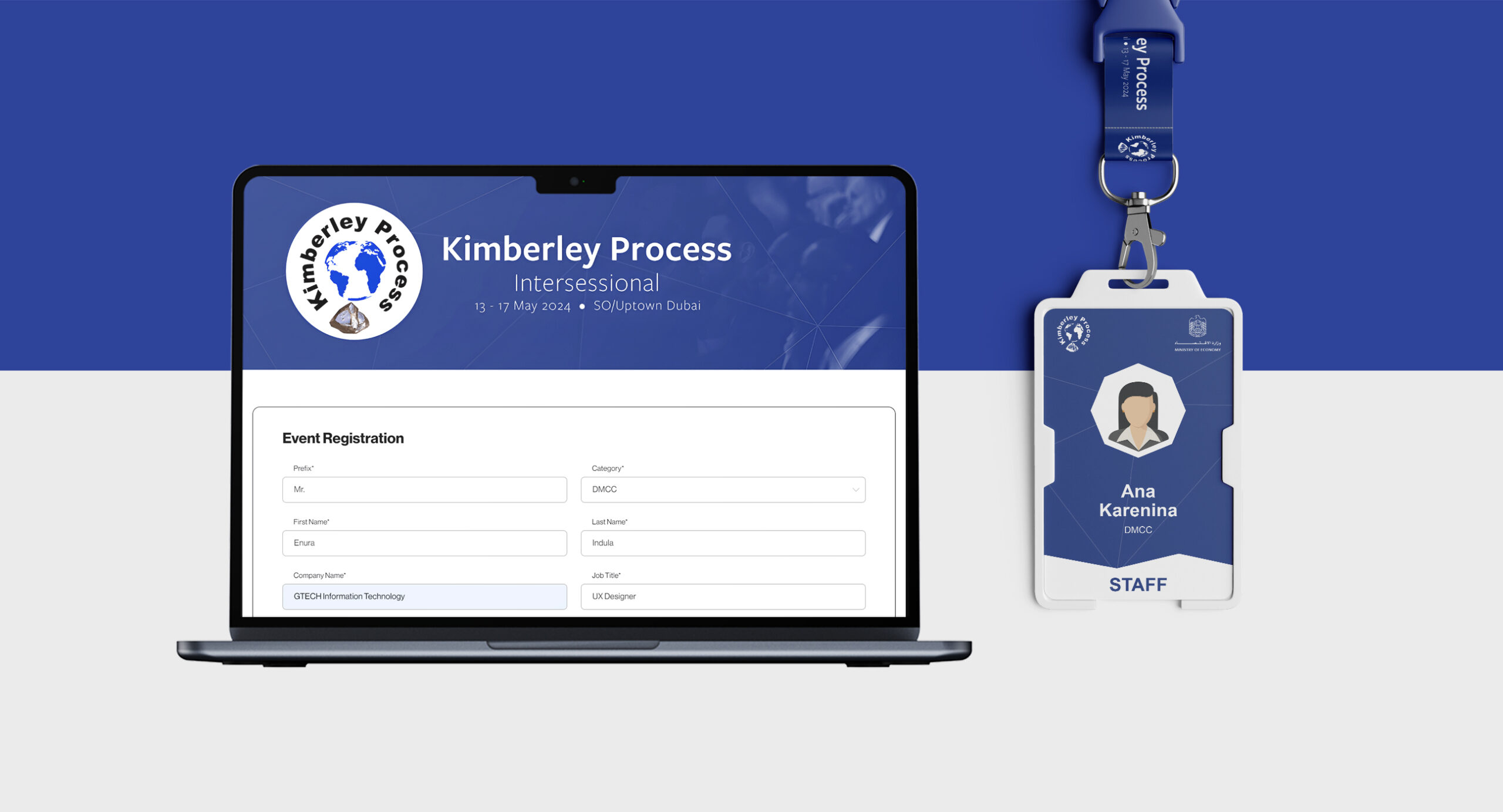Artificial Intelligence and machine learning are on the verge of transforming the marketing sector. In many ways, business owners are already using AI and machine learning in digital marketing. As machine learning and marketing are interwoven in our tech-driven world.
In this article, we will discuss three of the newest and exciting technologies that can significantly benefit digital marketers (machine learning advertising examples). But first, what are these two: artificial intelligence and machine learning?

AI & Machine Learning
Artificial intelligence is a system that can perform tasks as we do. And machine learning is a branch of AI; machines have self-healing properties and can come up with new ideas and methods that were not 100 percent accounted for in the original algorithm.
- Stable Diffusion
Stable Diffusion is a text-to-image model developed by Stability AI, a platform that creates public AI tools. More specifically, this new machine learning model – capable of triggering important movements in digital marketing – was developed by the Ludwig Maximilian University of Munich and extended by Stability AI, LMU, and Runway.
The model is open-source, meaning no one owns it; you can see every line of code and change them – if you know enough about programming.
The good thing about Stable Diffusion is that the model requires less than 10 GB of video memory and works on normal graphics processors, which create a 512×512 pixel image from a text in a few seconds.
The development of Stable Diffusion is an important step toward an open and transparent ecosystem provided by AI and machine learning in digital marketing.
But you should keep in mind that the model has been trained on many image-text pairs from a broad Internet sample. Therefore, you may encounter biases when working with the model. And you’re welcome to identify and report these errors. Since Stable Diffusion is new, there will likely be a long-term connection between users and developers to rid the model of bugs.
We’re seeing more and more advanced machine learning advertising examples like Stable Diffusion that can automate many tedious tasks.
- Generative Pre-Trained Transformer 3 (GPT-3)
GPT-3, short for Generative Pre-Trained Transformer 3, is an AI-powered algorithm that we can call the first true language model. This model is capable of creating content that looks like real people wrote it
The model is primarily intended for text creation, such as summarizing, translating, and responding to queries. With this technology, you can automatically create texts that are almost indistinguishable from content written by humans.
This perfect example shows that marketers will undoubtedly use AI and machine learning in digital marketing strategies in the future.
Potential Dangers of GPT-3
GPT-3 is an amazing AI, but like any other powerful technology, it can be used maliciously. These are just a few of the many ways it can do harm:
- Being biased: OpenAI found that GPT-3 was biased by race, gender, and religion, likely due to biases in the training data for which the system has been heavily criticized.
- Fake news: Because GPT-3 is good at writing, it’s able to produce fake articles that are passed off as being made by humans
- Environmental costs: The training process of GPT-3 produced about the same carbon footprint as a car trip to the moon and back. We should never forget our planet.
- Unusable information: GPT-3 isn’t responsible for the words it writes – and we cannot hold it responsible for conceptual writing errors.
- Job loss: Systems like GPT-3 threaten computer-based, non-routine, cognitive jobs even more than robotics threaten blue-collar jobs. It’s estimated that about 40-50% of all jobs could be replaced in 15-20 years.
- MUM
Before MUM, Google could only answer simple questions. And the search results were disappointingly rudimentary. But this limitation gave Google’s developers the idea to overhaul their architecture and automatically integrate new technologies such as AI, machine learning, and natural language processing. The main goal was to improve the results of complex search queries.
This led to the creation of MUM, which uses AI or natural language understanding and processing. Multitask Unified Model (MUM) is a new technology for Google search, first introduced in May 2021
MUM interprets meanings in a human-friendly way and overcomes language barriers to give us the most sensible search engine experience ever.
It is fast, far-reaching and thorough compared to all previous search engine updates. This is much needed in a world where users want to get detailed, relevant and accurate answers in seconds.

MUM vs. BERT
As with any other development, the latest version is probably the best. BERT (Bidirectional Encoder Representations from Transformers) was officially released in 2019 and understood search better than ever. At that time, keywords became key phrases to provide results based on user intent.
But with the multitasking capabilities of MUM, BIRT will rest in peace.
What’s Next?
So we have presented three of the latest AI-powered models and use machine learning. AI and machine learning in digital marketing are already being used to generate images, text, or search results that function similarly to humans.
These will gradually become available to the public, and digital marketers should be able to take full advantage of them. That’s why here at Gtech, we try to stay up to date with all the latest trends in machine learning and marketing. We use AI-powered tools to make them work for our customers at the most affordable cost.
For more information, please don’t hesitate to get in touch with GTECH, best digital marketing services in Dubai.
Related Post
Publications, Insights & News from GTECH








